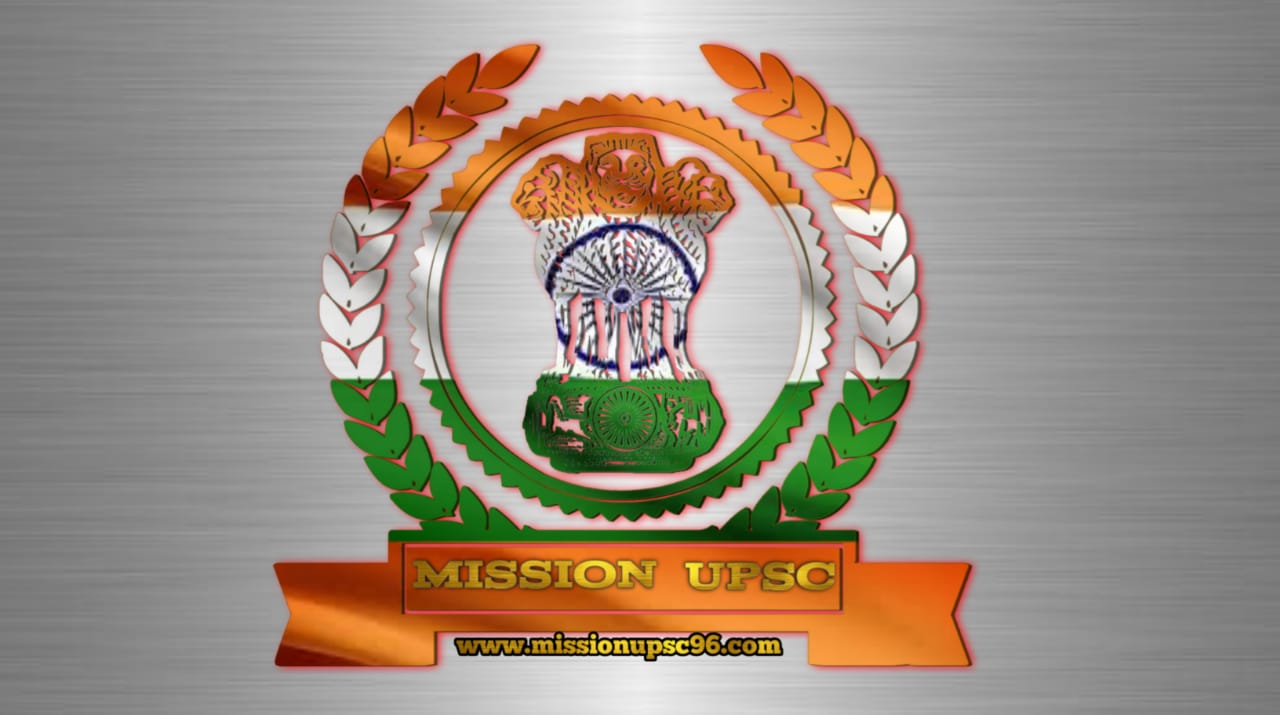Hey guys, welcome to 'missionupsc96.com'! today we will discuss about 'effect of indian monsoon'.
this essay is important for all UPSC, IAS, civil services exam, state PCS exam.
this article is most important for IAS mains exam
General Studies Paper-1
Geography
Mains Question:-
Monsoon
a boon for the Indian public but when uncontrolled it turns into a curse? Discuss?
Download pdf :-Download
Effects of Indian Monsoon
Ø The Indian monsoon is responsible for 14% more rainfall
this year. It has benefited in many areas.
Ø Air circulation between the Indian Ocean and the Tibetan
plateau causes the origin of the monsoon. There are two main branches of the
Indian monsoon, the first originates from the Bay of Bengal towards Cherrapunji
and the second originates from the Arabian Sea and comes from the Western Ghat
and Aravali to the Indian mainland. It is the basis of many activities in India
Impact on Agriculture and Economy
Ø Farmers in monsoon areas rely on dry summer months to grow
crops. However, the summer monsoon does not always bring the same amount of
rainfall, and variations in rainfall are of extreme importance for agriculture
and the economy.
Ø For example, India received very little rainfall during
the 2009 summer monsoon. In some areas the rainfall was half of normal during
the wet season and farmers could not plant their crops. Due to the frustration
of the farmers, they do not usually get a fair price.
Ø From wheat and rice to vegetables, cotton and tea, Indian
farmers grow a wide range of crops and the country uses more land for crops
than any country in the world (215 million acres). Crops in India depend on
rainfall and, during the four months of the monsoon season, India receives more
than three-fourths of annual rainfall. But during the years when there is less
than normal rainfall, the crop in the fields is completely or partially wasted.
More than half of India's population performs agricultural work, and monsoon
rains directly affect their income and livelihood. Agriculture contributes
about 15% to the economy of India, so these crop wastes pose a livelihood
crisis for a large number of people along with the national economy.
Ø Too little rainfall during the summer monsoon can create a
dire situation for farmers on land, too much rainfall and extremely strong
winds can make coastal waters unsafe, preventing fishermen from across the sea from
across South Asia This also affects this sector of the economy.
Ø Monsoon rains can be exploited as hydropower, a valuable
energy resource. Hydropower currently provides 25% of India's electricity. The
reservoirs are replenished during the summer monsoon rains and then water is
released slowly through the dams, turning turbines to create electricity.
During the years when there is less monsoon rainfall, the reservoirs are not
replenished, limiting the amount of hydroelectric power produced during the
year. Therefore, by using monsoon rains somewhere, the economy can be reached
indirectly.
Monsoon and health
Ø Areas with a monsoon climate, especially dry weather, are
prone to floods and droughts, both of which are hazardous to health.
Ø During the summer monsoon, heavy rainfall can cause
flooding. Floods cause damage to the common people and buildings, it is
extremely devastating. In Pakistan and India, in the summer of 2014, about 300
people died during landslides and house collapses during the monsoon. The 2011
monsoon floods in Australia caused about $ 4.5 billion in damage.
Ø Nevertheless, the main health hazards during summer
monsoon season are diseases like cholera, dengue, chikungunya and malaria as
well as stomach and eye infections. Every year, as the monsoon season
approaches, Indian hospitals are flooded with patients of these diseases.
Ø Absence of a better drainage system leads to diseases like
cholera, malaria. Summer is a suitable time to breed mosquitoes during monsoon
rains. This causes the disease caused by mosquito bites to spread rapidly.
Ø In 2015, a major heat wave swept across India killed at
least 2500 people, and a heat wave in Pakistan killed more than 1000 people
almost a month later. The temperature in New Delhi was near 120 ° F (about 50 °
C). Water is scarce at this time of the year, due to which diseases caused by
water become common; These diseases spread when there is very little water for
proper hygiene.
Ø Therefore, the monsoon is such a boon for the Indian
public that when uncontrolled it becomes a curse.








2 Comments
for more update subscribe my channel
ReplyDeleteif you have any question ask me at any time in comment section
ReplyDeleteIf you any question then ask me in comment section